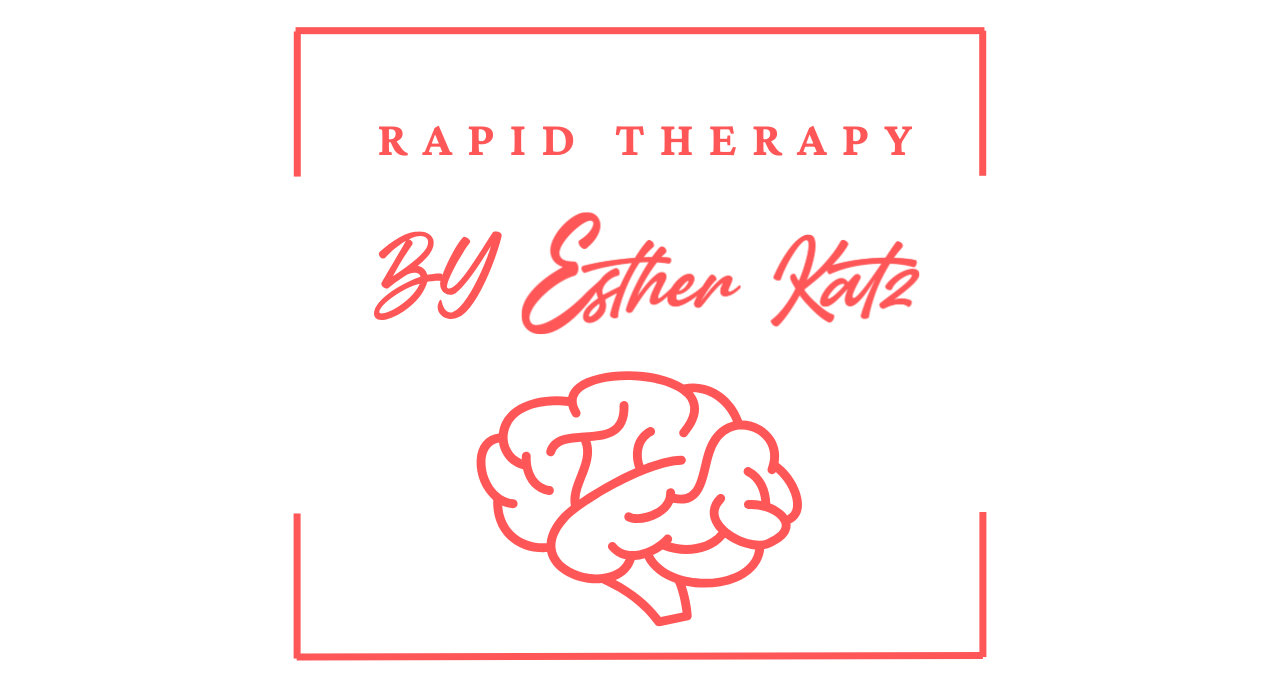The Hidden Cost of Being “Too Nice
When Mark* first came to my coaching practice, his story was heartbreaking yet familiar. At age three, he experienced a profound abandonment – his mother left, directing her parting words at his innocent gray eyes: “I’m leaving you and your father!” This moment, though buried in his subconscious, had been directing his relationship choices for decades.
“I keep choosing women who leave,” he shared. “It’s like I’m magnetically drawn to recreating that moment of abandonment, again and again.”
The Neural Patterns of Nice Guy Syndrome
What makes successful, capable men repeatedly choose partners who can’t or won’t stay? The answer lies in our neural wiring:
- Early trauma creates deep grooves in our neural pathways
- The subconscious mind seeks to recreate familiar patterns
- “Being nice” becomes a survival strategy
- Self-worth becomes tied to others’ approval
- Fear of abandonment drives people-pleasing behavior
Breaking the Pattern: A Neuroscience Approach
Through RTT (Rapid Transformational Therapy), we discovered that Mark’s “nice guy” behavior wasn’t actually nice at all – it was a sophisticated survival mechanism that:
- Prevented authentic connections
- Created unhealthy dependencies
- Attracted partners who sensed his fear
- Manifested his deepest fears of abandonment
The Transformation Process
1. Recognition Phase
- Identifying childhood trauma imprints
- Mapping relationship patterns
- Understanding self-sabotage mechanisms
2. Neural Rewiring Through RTT
- Accessing subconscious beliefs
- Reframing childhood experiences
- Creating new neural pathways
- Installing empowering beliefs
3. Integration Phase
- Practicing authentic expression
- Setting healthy boundaries
- Developing true self-worth
- Breaking people-pleasing patterns
From Nice Guy to Authentic Man
Mark’s breakthrough came during an RTT session when he realized:
“I’m not responsible for my mother’s choices. Being ‘nice’ won’t prevent someone from leaving, and being authentic won’t make them leave either.”
The Results of Neural Rewiring
After completing the RTT program, clients report:
- Increased authentic self-expression
- Healthier relationship choices
- Stronger personal boundaries
- Reduced anxiety about abandonment
- More fulfilling partnerships
Practical Steps to Break Free
1. Awareness Practice
- Notice people-pleasing behaviors
- Track relationship patterns
- Document emotional triggers
2. Boundary Setting:
- Start with small “no’s”
- Express authentic feelings
- Honor your needs first
3. Self-Worth Building:
- Daily self-appreciation
- Internal validation practices
- Authentic decision-making
Your Path to Authentic Relationships
The “nice guy” isn’t who you really are – it’s who you became to survive. Through RTT and neural rewiring, you can:
- Break free from childhood programming
- Create authentic connections
- Attract healthy relationships
- Build genuine self-worth
- Transform your relationship patterns
Ready to transform from Nice Guy to Authentic Man?
[Book Your RTT Breakthrough Session – Discover Your True Self]
*Name changed for privacy
Client Testimonial
“After years of therapy, RTT finally helped me understand why I kept choosing unavailable partners. More importantly, it helped me change this pattern at its root. For the first time in my life, I’m in a healthy, stable relationship.” – James T., Executive
relationshipcoaching #RTT #authenticlife #personaldevelopment #traumahealing



